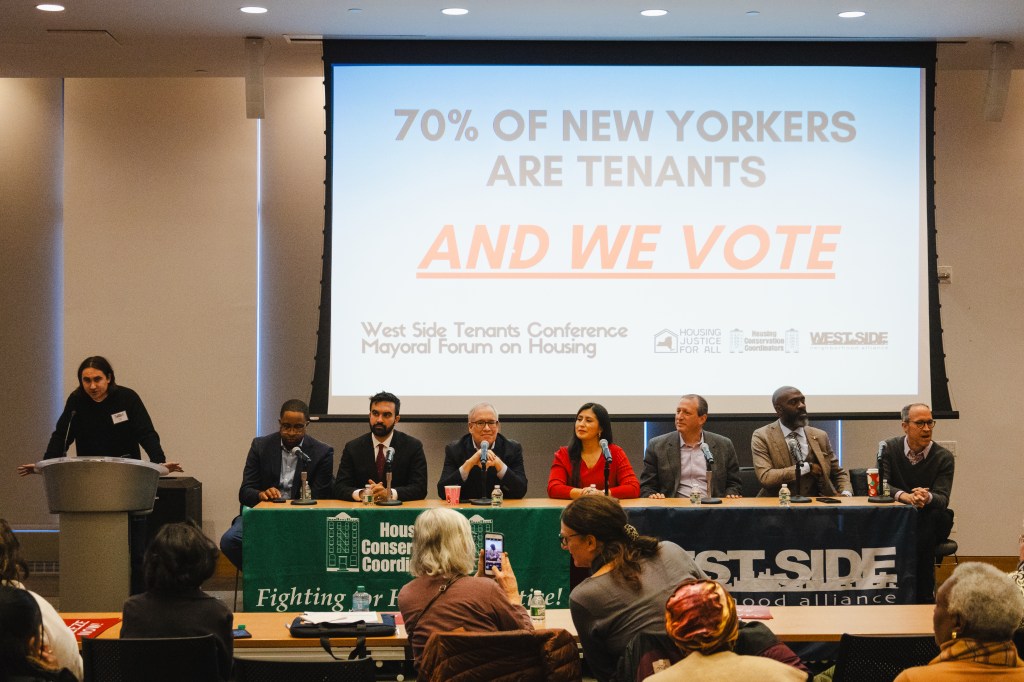Summer is the season for thunderstorms. On the last weekend in July lightning killed one man and injured ten others in area parks and beaches. Here are some tips from the city’s Office of Emergency Management (OEM).
Sudden, extreme temperature changes often bring about thunderstorms, which produce lightning and high winds, among other hazards.
During a thunderstorm:
The safest place to be is indoors. If you are in a house or building, do not use the telephone or any electrical appliance connected to the building’s electrical wiring. Do not use showers, sinks, or any object, machine, or device connected to the building’s plumbing system.
Remember the 30/30 rule. If you see lightning, count the seconds before you hear thunder. If it’s less than 30 seconds, go inside and wait 30 minutes after the last clap of thunder before venturing back out.
Indoors means indoors OEM warns. Structures like bus shelters or any small non-metal structures do not provide sufficient lightning protection.
Automobiles can also protect you. Besides keeping you dry you will be safe from a lightning strike because the current will flow through the car’s metal frame. If you are in a car, do not touch any exposed metal connected to the car.
If you are caught outside in a thunderstorm: Squat low to the ground if there is no shelter nearby. Place your hands on your knees with your head between them. Do not lie flat on the ground.
Stay away from tall, isolated objects. Especially trees, flagpoles or posts, and avoid large open areas like fields or parking lots where you are the highest object.
OEM also warns you to stay away from lakes, ponds, railroad tracks, and fences, which could carry current from a distant lightning strike.
If lightning is about to strike you or something extremely close, you may experience a tingling feeling on your skin and/or your hair may stand on end. If this occurs, quickly assume the position described above.
Even if you are caught outside in a thunderstorm, OEM tells you not to panic - you will likely find sufficient shelter.
If the worst happens and someone is struck by lightening, OEM says Call for help. Call 9-1-1 or your local ambulance service. Get medical attention as quickly as possible. People struck by lightning carry no electrical charge that can shock other people. You can examine them without risk.
Give first aid. If the victim has stopped breathing, begin rescue breathing. If the heart has stopped beating, a trained person should give CPR. If the person has a pulse and is breathing, address any other injuries.
Check for burns in two places. The injured person has received an electric shock and may be burned, both where they were struck and where the electricity left their body.
Being struck by lightning can also cause nervous system damage, broken bones, and loss of hearing or eyesight, according to OEM.































